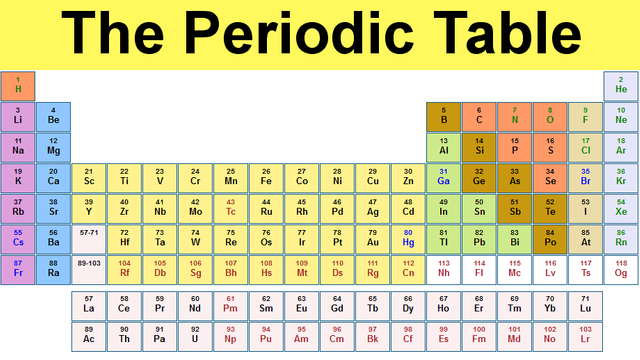Helium Can Form Bonds

Source: sciam.com
It was well known that noble gases or inert elements could not bond to other elements. That's how their name was derived, inert meaning the they were not reactive. The noble gases are elements that have their outer electron shell filled with electrons.

Source: chemicool.com
On the periodic table, they are listed under column 18. An atom of an element is comprised of protons, neutrons and electrons (this is a simplified description). The number of protons in the atom's nucleus determines what element it is. The protons have a positive charge, electrons have a negative charge and neutrons are neutral. Atoms tend to bond with other atoms in order to fill their outer electron orbital.
If an atom has equal numbers of protons and electrons the atom will not be inclined to bond as it's outer electron shell is filled. A simplified explanation of electron shells: the first shell called the S orbital which is closest to the nucleus can hold up to 2 electrons. Once that shell is filled the next shell is another S orbital which again can hold up to 2 electrons. Next comes the P orbital which can hold up to 6 electrons. The names of the other orbitals are the D orbital and the F orbital. Now from the periodic table we see that helium has 2 protons so to be electrically neutral (or inert) the outer most shell which is a S orbital will contain 2 electrons, which it does. So helium has no propensity to bond with another atom as it is has no overall charge.
The next noble element after helium is neon. Since it has 10 protons in its nucleus, it needs 10 electrons to be electrically neutral. So the first 2 electrons fill the first S orbital, the next 2 electrons fill the second S orbital and the outer most shell is the P orbital which is filled with 6 electrons. Neon is inert and like helium it has no propensity to bond with another element.
This is one of the reasons I found this article so interesting, scientist have produced a crystal comprised of sodium and helium atoms. They believe that the helium combines with the sodium without forming any chemical bonds, ionic or covalent bonds. The inert helium acts as a buffer between the positively charged sodium.
This makes sense as neutron act in a similar fashion within the nucleus of the atom. They also act as a buffer between the positively charged protons. This bonding does not occur naturally, it requires a huge amount of pressure to compress the sodium and helium atoms together.

